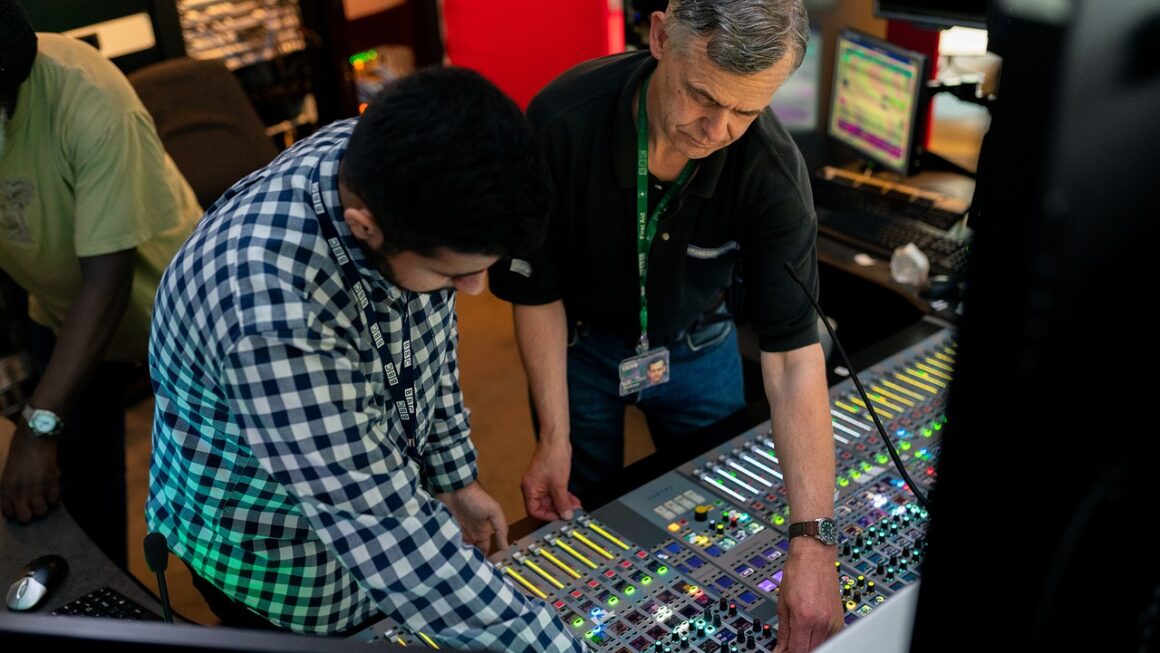Portable projectors have revolutionized how we consume media, allowing us to enjoy big-screen experiences virtually anywhere. Whether you’re a movie buff, a business professional, or simply someone who loves sharing content with friends, a portable projector offers unparalleled flexibility and convenience. In this comprehensive guide, we’ll delve into the world of portable projectors, exploring their features, benefits, and how to choose the perfect one for your needs.
What is a Portable Projector?
Defining Portability
A portable projector is a compact and lightweight device designed to project images or videos onto a screen or wall. Unlike traditional projectors, portable models are easily transportable, making them ideal for travel, outdoor events, and impromptu presentations. They are typically powered by a rechargeable battery or can be plugged into a power source. Key aspects of portability include:
- Size and Weight: Most portable projectors weigh between 1 and 5 pounds, and their dimensions are often comparable to a paperback book.
- Power Source: Many feature internal rechargeable batteries, offering playback times from 1 to 3 hours. Others use AC power adapters.
- Connectivity: Portable projectors frequently offer HDMI, USB, and wireless connectivity (Wi-Fi and Bluetooth) for seamless integration with various devices.
Key Features of Portable Projectors
Beyond portability, these projectors boast an array of features:
- Brightness: Measured in lumens, brightness determines how well the image is visible in ambient light. Look for projectors with at least 200 lumens for darker rooms and 500+ for brighter settings.
- Resolution: Ranges from standard definition (480p) to high definition (1080p) and even 4K. Higher resolution means a sharper, more detailed image.
- Throw Ratio: This dictates the distance required to project a specific image size. A shorter throw ratio is beneficial for smaller spaces.
- Built-in Speakers: While not always high-fidelity, integrated speakers provide audio without the need for external devices. Many also support Bluetooth for connecting to external speakers or headphones.
- Keystone Correction: This feature corrects distorted images when the projector is not perfectly aligned with the screen, ensuring a rectangular image. Automatic keystone correction is especially convenient.
Benefits of Owning a Portable Projector
Versatile Entertainment
Portable projectors offer unparalleled entertainment flexibility:
- Outdoor Movie Nights: Transform your backyard into a cinema under the stars. Simply connect your projector to a streaming device or laptop and enjoy a big-screen experience.
- Gaming on a Grand Scale: Connect your gaming console and immerse yourself in your favorite games on a larger-than-life display.
- Travel Companion: Take your entertainment with you on vacations, camping trips, or business travels.
Business and Presentation Advantages
Beyond entertainment, portable projectors offer distinct advantages for business professionals:
- On-the-Go Presentations: Deliver impactful presentations in client meetings, conferences, or training sessions without relying on existing infrastructure.
- Collaborative Work: Easily share visual content during brainstorming sessions or team meetings.
- Compact and Professional: Projectors present a sleek and professional alternative to bulkier display options.
Space-Saving Solutions
For those with limited space, portable projectors offer a practical alternative to large televisions:
- Minimal Footprint: When not in use, a portable projector can be easily stored away, freeing up valuable space.
- Adjustable Screen Size: Customize the screen size to fit your viewing preferences and available space.
- Versatile Placement: Project onto walls, screens, or any flat surface.
Choosing the Right Portable Projector
Understanding Your Needs
Before purchasing a portable projector, consider the following factors:
- Intended Use: Will you primarily use it for movies, presentations, gaming, or a combination of activities?
- Viewing Environment: Will you be using it in dark rooms, brightly lit spaces, or outdoors?
- Budget: Portable projectors range in price from under $100 to over $1000. Determine how much you’re willing to spend.
Key Specifications to Consider
Once you’ve identified your needs, pay attention to these specifications:
- Brightness (Lumens): Crucial for visibility in different lighting conditions.
Under 200 Lumens: Suitable for very dark rooms.
200-500 Lumens: Best for dimly lit spaces.
500+ Lumens: Ideal for rooms with some ambient light or outdoor use.
- Resolution: Determines the image sharpness and detail.
480p (SD): Acceptable for basic viewing, but lacks detail.
720p (HD): A good balance of quality and affordability.
1080p (Full HD): Provides a sharp and detailed image for movies and games.
* 4K (Ultra HD): Offers the highest level of detail for the ultimate viewing experience (typically found in higher-end models).
- Contrast Ratio: The difference between the brightest and darkest parts of the image. A higher contrast ratio results in richer, more vibrant colors.
- Connectivity: Ensure the projector has the necessary ports (HDMI, USB, etc.) to connect to your devices. Wi-Fi and Bluetooth connectivity are also desirable for wireless streaming and audio.
Popular Portable Projector Brands and Models
Several reputable brands offer a wide range of portable projectors. Some popular options include:
- Anker Nebula: Known for their sleek designs, user-friendly interfaces, and vibrant picture quality. Models like the Capsule II and Mars II Pro are highly rated.
- XGIMI: Renowned for their innovative features and high-resolution capabilities. The Halo+ and Horizon Pro are excellent choices for demanding users.
- ViewSonic: Offers a range of projectors for various budgets, known for their reliable performance and color accuracy.
Setting Up and Optimizing Your Portable Projector
Choosing the Right Projection Surface
The surface you project onto can significantly impact the image quality:
- Projector Screens: Provide the best image quality due to their dedicated surface and optimal reflectivity.
- White Walls: A smooth, matte white wall can serve as a decent alternative. Avoid textured walls, which can distort the image.
- Sheets or Fabrics: Can be used as a temporary solution, but may not provide the best image quality.
Optimizing Image Quality
Follow these tips to optimize your viewing experience:
- Positioning: Place the projector perpendicular to the screen or wall for optimal image geometry.
- Focus Adjustment: Use the focus dial to sharpen the image.
- Keystone Correction: Correct any distortion using the keystone correction feature.
- Brightness and Contrast Settings: Adjust the brightness and contrast settings to suit your viewing environment.
Maintenance and Care
Proper maintenance will prolong the life of your projector:
- Cleaning: Regularly clean the lens with a soft, lint-free cloth to remove dust and smudges.
- Storage: Store the projector in a cool, dry place when not in use.
- Avoid Overheating: Ensure adequate ventilation to prevent overheating.
Conclusion
Portable projectors offer a versatile and convenient way to enjoy big-screen entertainment and deliver impactful presentations on the go. By understanding your needs, considering key specifications, and following the setup and optimization tips outlined in this guide, you can choose the perfect portable projector to enhance your entertainment and productivity. Embrace the freedom and flexibility that portable projection technology offers, and transform any space into your personal cinema or presentation room.




